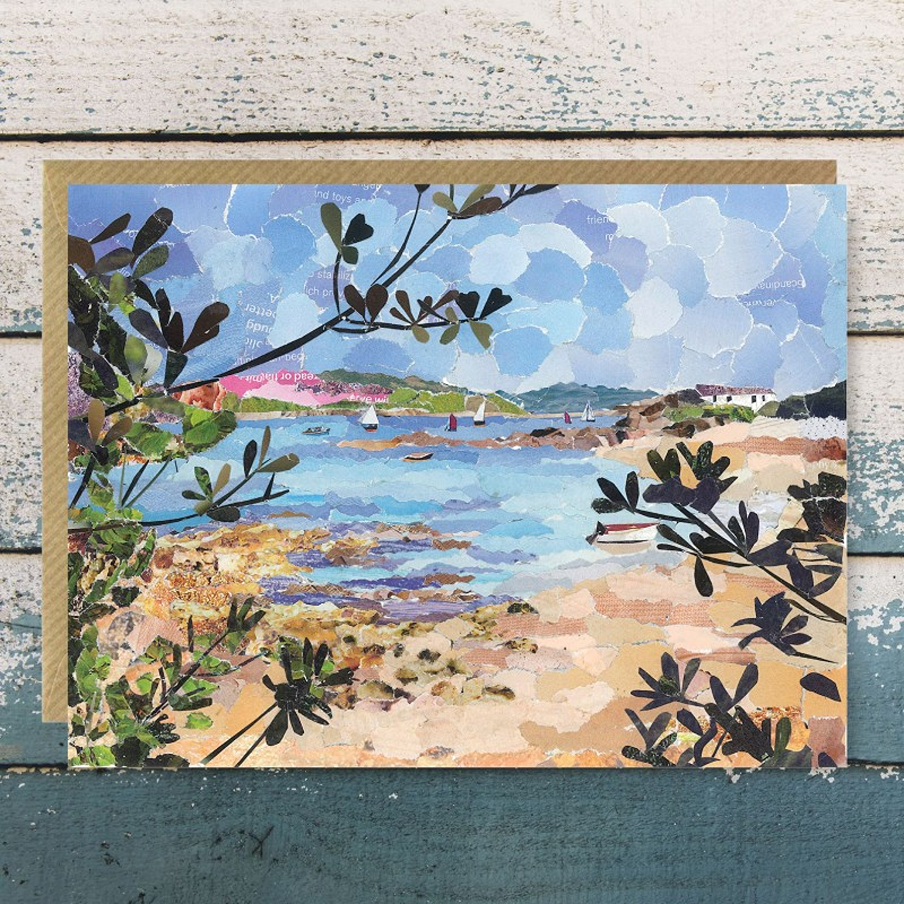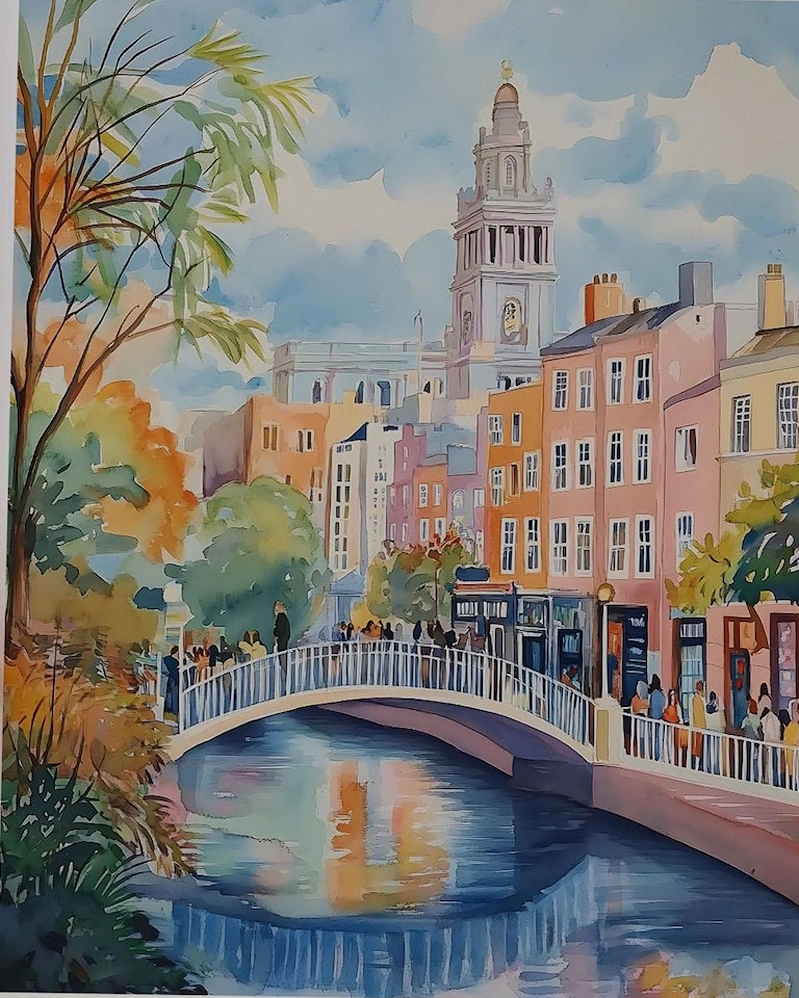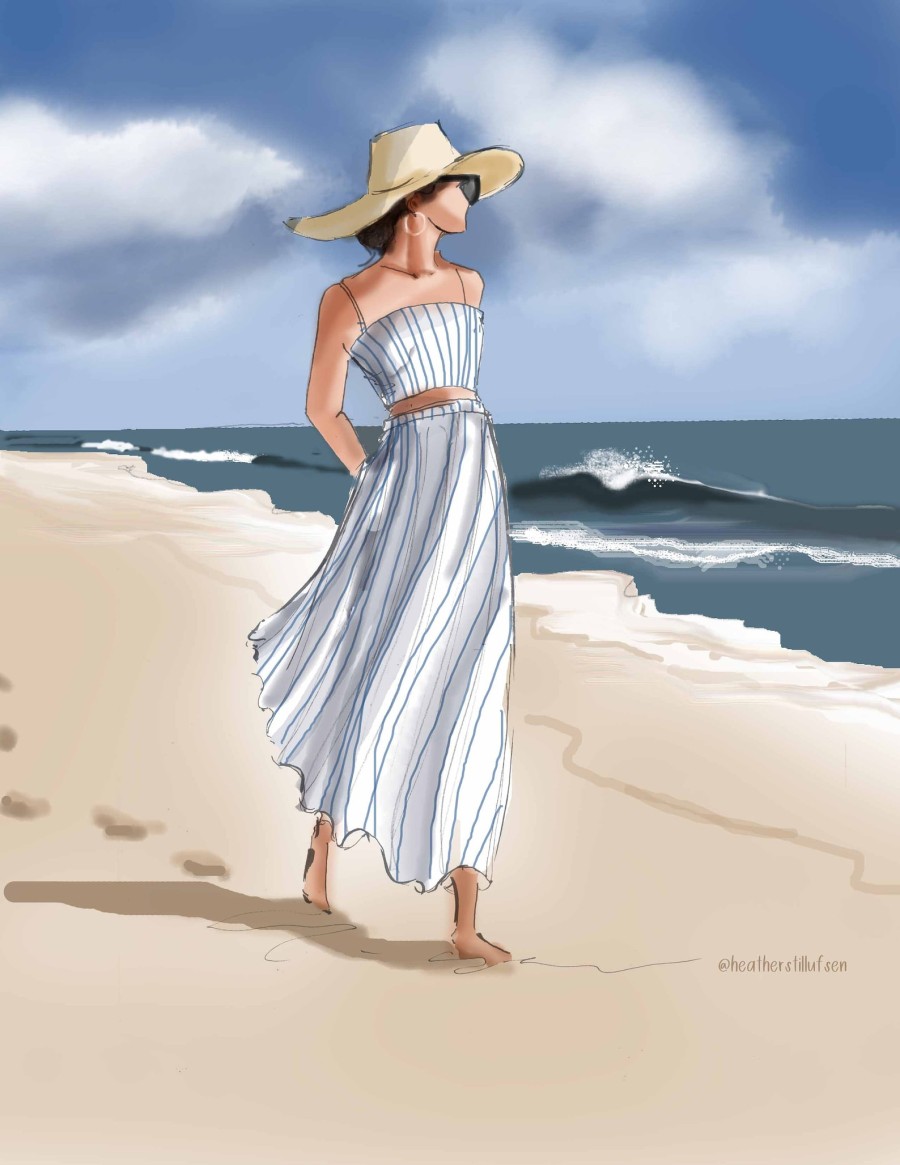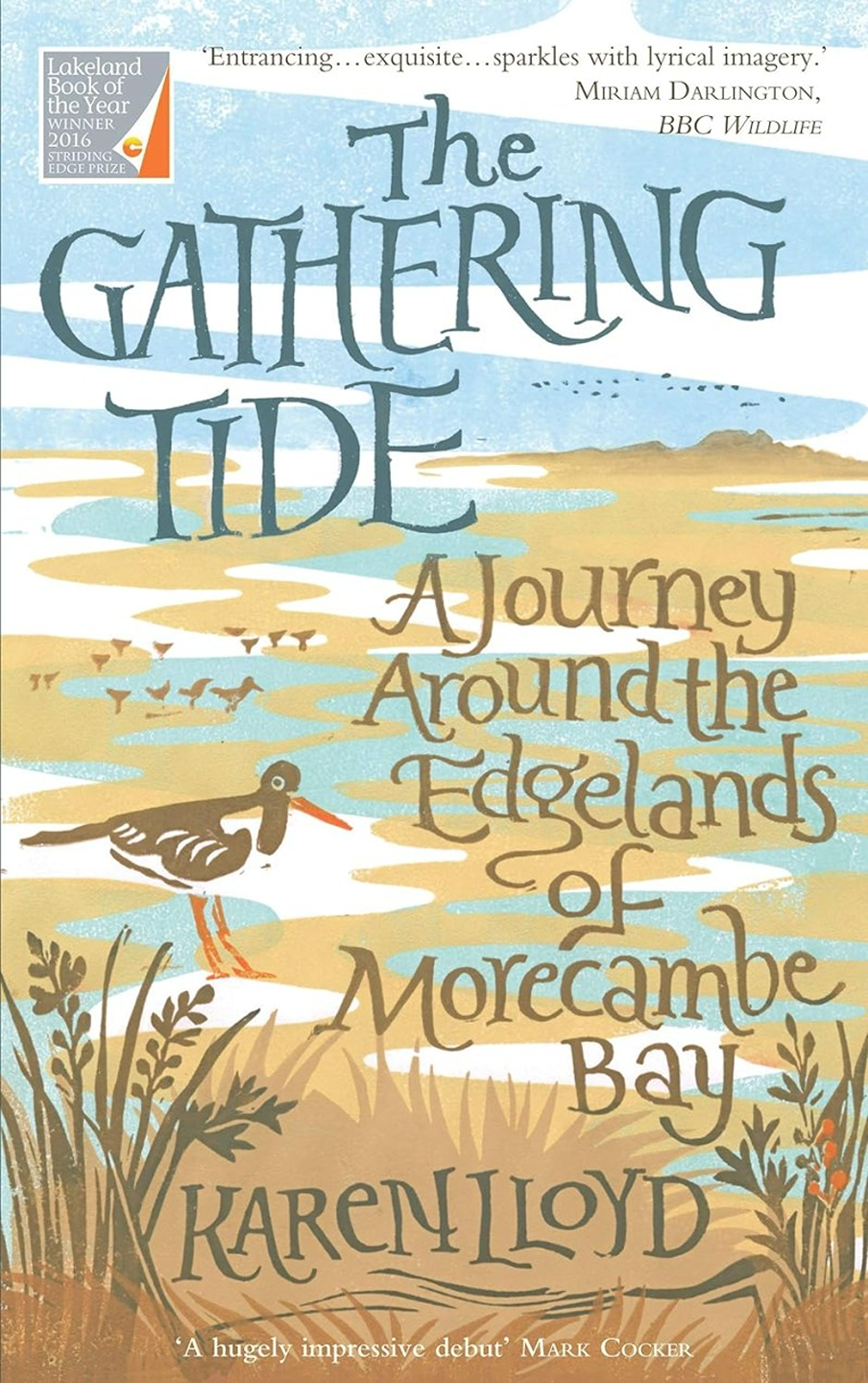Where Can You Sail to from England?

These are just a few places you can sail to from England, for foot or vehicle passengers. For private crossings, read our post for sustainable sailors!
Some dogs may find ferry crossings stressful. If you take them with you, check policies of each operator before travel. If needing to take pets abroad (say emigration), Eurostar does not allow pets (bar guide dogs) from UK.
Le Shuttle offers a 35-minute crossing from Folkestone to Boulogne (your pets stay with you in the car, and there is a pet-friendly check-in, just follow the paw prints). Le Pet Express offers a pet-friendly shuttle service from Ashford. Byway has a good post on dog-friendly travel in Europe.
Sailing from England to Isle of Wight
There are several ferry routes from England to Isle of Wight. You can alternatively take a hovercraft from Southsea/Portsmouth (around 20 minutes and better for the seabed, as they ‘glide’ over the water, rather than disturb the sea bed like propellors – the HoverPaws refreshment station provides water and rest):
Ferry times are:
- Lymington to Yarmouth (40 minutes)
- Portsmouth to Fishbourne (45 minutes)
- Southampton to East Cowes (1 hour)
Sailing from England to Isles of Scilly

Resembling the Caribbean Islands, the Isles of Scilly are just 23 miles off Cornwall’s coast, although seas can be rough, in evidence from the number of shipwrecks (one lighthouse even blew down a storm, and had to be rebuilt).
The ferry leaves from Penzance, on the far west of Cornwall near Land’s End, the journey takes almost 3 hours.
Sailing from England to the Channel Islands
You can sail from a few places to the Channel Islands, which are nearer France to England. Crossings are a few times a week (but not every day):
- Poole to Jersey takes around 4.5 hours
- Poole to Guernsey takes around 3 hours
- Portsmouth to Jersey takes around 9 hours
- Portsmouth to Guernsey takes around 10-11 hours
Sailing from England to France
There are several crossings to France, especially from southeast England as it’s only 20 miles or so to Calais, though trips from Sussex to Dieppe are much longer. Plan ahead if a private boater (the English channel is one of the world’s busiest shipping lanes).
Popular routes include:
- Dover to Calais (around 90 minutes)
- Folkestone to Boulogne (around 90 minutes)
- Dover to Dunkirk (no foot passengers, around 2 hours)
- Newhaven to Dieppe (around 4 hours)
- Poole to Cherbourg (around 4 hours)
- Portsmouth to Caen (around 6 hours)
- Portsmouth to Le Havre (around 5.5 hours)
- Plymouth to Roscoff (around 9 hours)
- Portsmouth to Saint-Malo (11 hours – overnight ferry)
Sailing from England to Ireland

Weather in the Irish Sea can change, so check before travel, as times can change or ferries can even be cancelled for safety. These crossings are notoriously choppy:
- Holyhead (North Wales) to Holyhead (around 4 hours)
- Liverpool to Belfast (around 8 hours)
- Fishguard or Pembroke (Wales) to Rosslare (around 4 hours)
- Cairnryan (Scotland) to Belfast or Larne (around 3 hours)
Sailing from England to The Netherlands

There are a few ferry crossings to The Netherlands (there are no longer any sailings from England to Ostend or Zeebrugge in Belgium).
There are also no longer passenger ferries from Newcastle to Sweden (the last one got cancelled due to not enough passengers and Swedish environmental laws – there is a freight ferry from Immingham (Lincolnshire) to Gothenberg but as a passenger costs nearly £1000!)
There are presently three direct routes to The Netherlands:
- Harwich to Hook of Holland (around 8 hours)
- Hull to Rotterdam (11.5 hours)
- Newcastle to Amsterdam (16 hours, overnight)
Sailing from England to the Scottish Highlands

You have to visit the Scottish mainland, to take ferries to the Scottish Highlands. Some of the most popular routes are:
- Skye (there is also a bridge, along with direct car ferries)
- Mull (the car ferry takes around 45 minutes)
- Mallaig operates ferries to the small isles of Eigg, Muck, Rum and Canna
- Skye has ferries to the Outer Hebrides (North Uist, Harris and Islay
- You can also catch ferries from Scrabster and Gill’s Bay (near John o Groats) to Orkney.
- You can take ferries to the Shetland Isles from Orkney or Aberdeen (much longer – around 12 hours – these isles are closer to Norway than London!)






